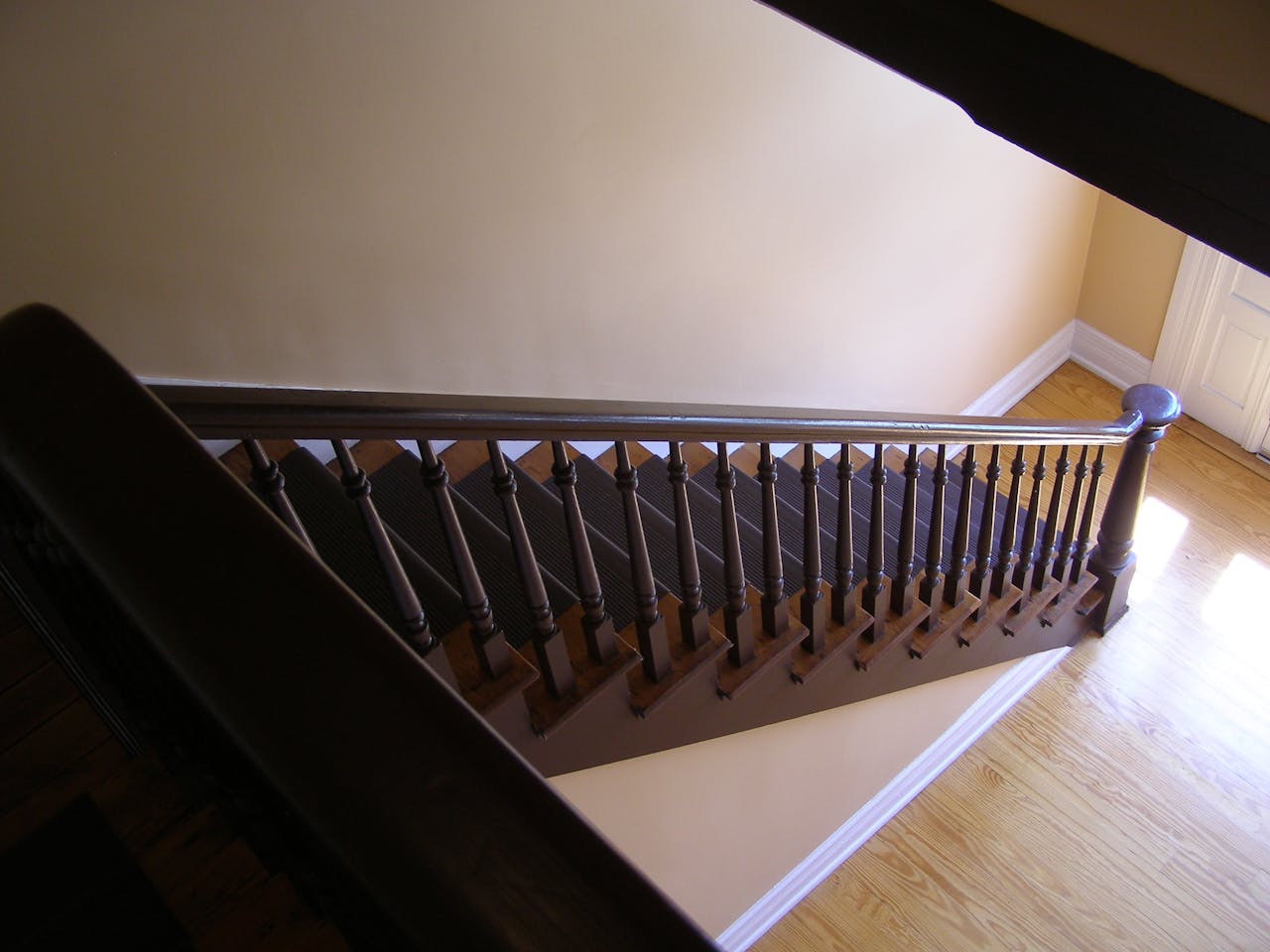Why Do Some Stairs Have Angled Risers?
Staircases, an integral part of architectural design, not only facilitate vertical movement but also contribute significantly to the aesthetic and functional aspects of buildings. Among the various staircase designs, those with angled risers stand out for their unique characteristics and advantages. This exploration delves into the reasons behind the incorporation of angled risers in some staircases, highlighting their benefits and applications.
Enhancing Safety
One of the primary reasons for adopting angled risers is to improve safety. Traditional vertical risers can create a sharp edge that may pose a tripping hazard, especially in low-light conditions or for individuals with mobility issues. Angled risers, by contrast, offer a more gradual transition between steps. This design can significantly reduce the risk of tripping and falling, making staircases safer for users. The angle facilitates a more natural foot placement, aligning with the way humans naturally ascend and descend stairs, thus minimising accidents.
Maximising Space
Space optimisation is a critical consideration in modern architecture, where every square centimetre counts. Angled risers can play a pivotal role in space-saving designs. By tilting the risers, architects can create staircases that require less horizontal space without compromising on safety or comfort. This approach is particularly beneficial in compact environments, such as small homes, apartments, and attics, where saving space is essential. Angled risers enable the construction of steep yet accessible staircases, providing an efficient solution to space constraints.
Improving Comfort
The comfort of using a staircase is largely influenced by its design. Stairs with angled risers can offer a more comfortable ascent and descent compared to traditional designs. The angled approach allows for a larger portion of the foot to contact the tread, reducing strain on the ankles and feet. This design can make climbing stairs less physically taxing, especially for individuals with joint issues or those carrying heavy loads. Additionally, the inclination of the risers can facilitate a more ergonomic posture while navigating the stairs, further enhancing user comfort.
Aesthetic Appeal
Beyond functionality, the aesthetic appeal of staircases plays a crucial role in interior and architectural design. Stairs with angled risers can provide a unique visual element that sets a space apart. The unconventional look of angled risers adds a modern and dynamic feel to the environment, making a bold architectural statement. This design can be tailored to complement various interior styles, from minimalist to contemporary, offering architects and designers a creative tool to enhance the visual impact of their projects.
Acoustic Benefits
The design of a staircase can significantly affect the acoustics of a building. Angled risers can contribute to noise reduction by minimising the sound of foot traffic on the stairs. The angled surface can help dissipate sound waves more effectively than vertical risers, leading to a quieter environment. This feature is particularly advantageous in settings where noise reduction is critical, such as office buildings, libraries, and residential areas. By incorporating angled risers, architects can enhance the acoustic comfort of a space, creating a more serene and pleasant atmosphere.
In conclusion, the adoption of angled risers in stair design is not merely a stylistic choice but a thoughtful consideration of safety, space, comfort, aesthetics, and acoustics. These advantages make angled risers a compelling option for various architectural contexts, offering a blend of functionality and innovation. As architectural trends continue to evolve, the significance of such design choices underscores the ongoing quest for spaces that are not only visually appealing but also optimally designed for human use.
Why not check out our online staircase builder?





